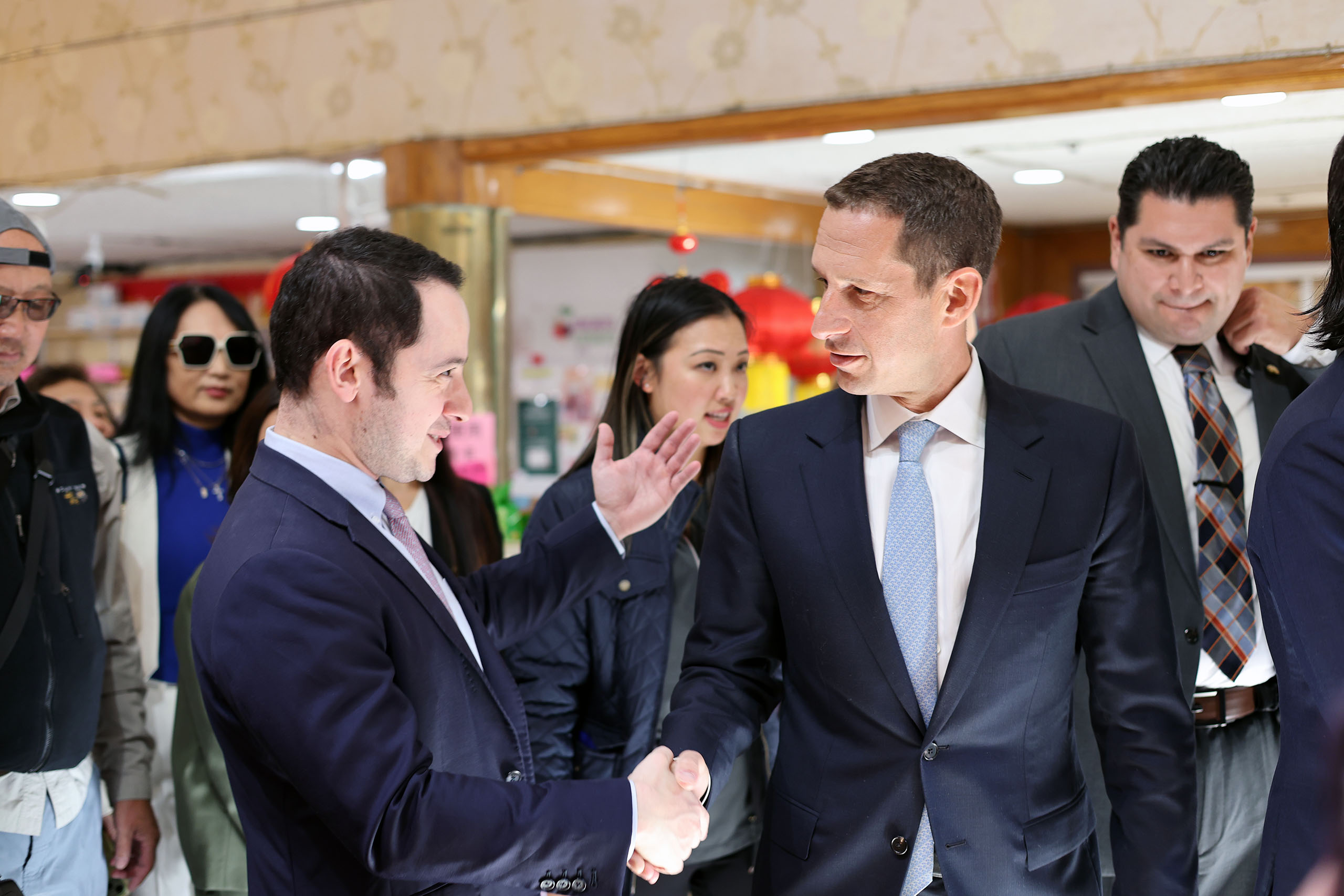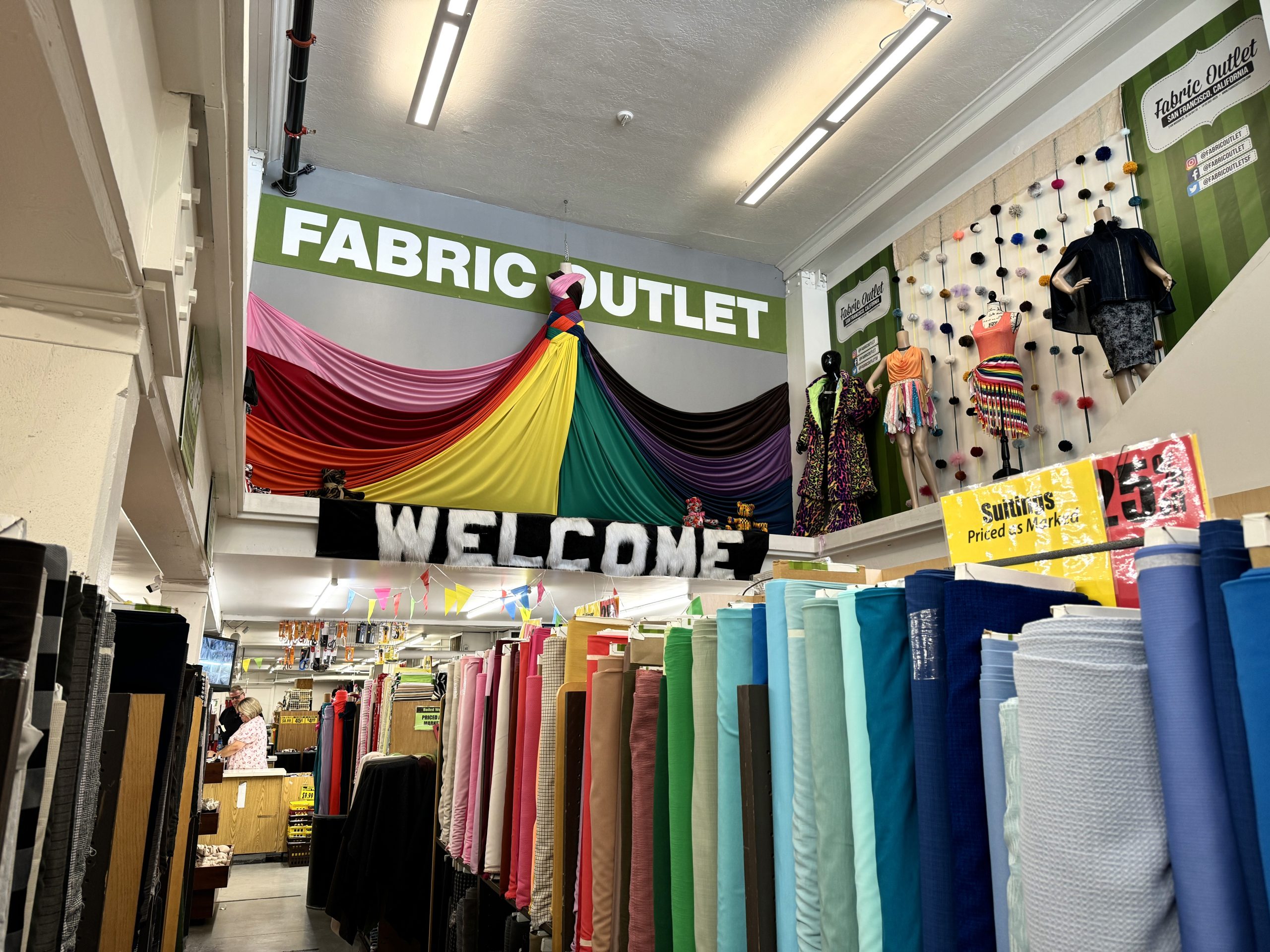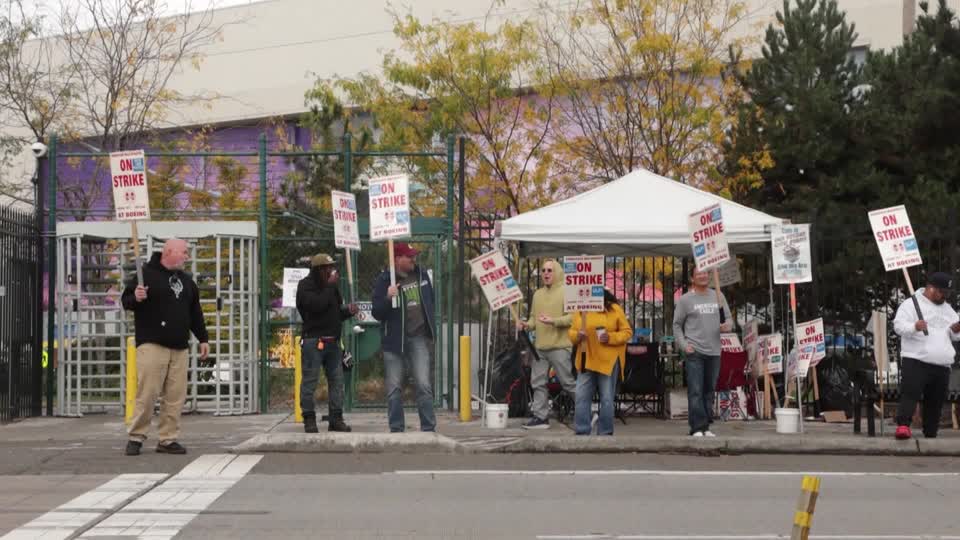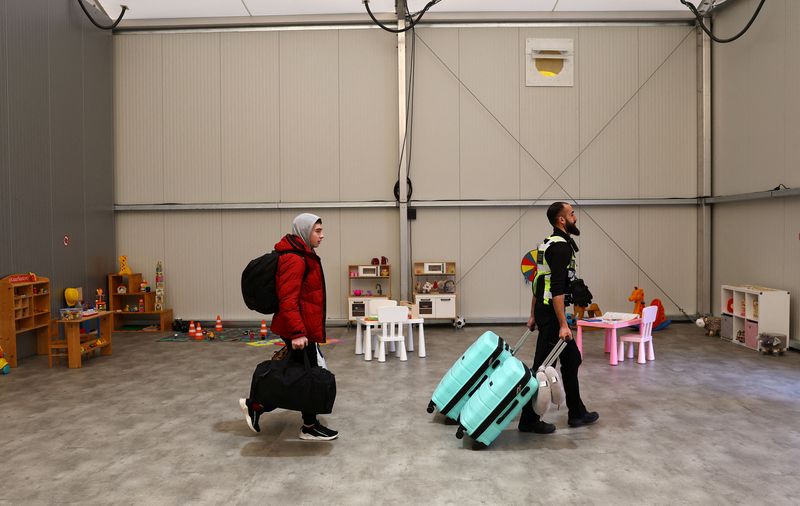[ad_1]
I got my first job in San Francisco nearly 40 years ago, in the Flood Building, at 870 Market Street. A chubby cheerful, uniformed lobby attendant pressed the elevator buttons for me. The lobby was marble and, oh wonderful, there was a Woolworth’s on the ground floor.
I loved to sit at the curved Formica lunch counter just like I loved the ladies who served me: bright lipstick, hairnets, and pink puffy-sleeved uniforms. I loved the Coca-Cola glasses and the grilled cheese sandwiches. I felt grown-up: part of a purposeful lunch crowd, we were all very important.
(All photos are from the San Francisco Public Library Archive.)
But best of all, I loved my walk to work from North Beach, up and down Powell Street along the cable car line, ending at the cable car turnaround and the James Flood building. I could have walked through the Broadway tunnel, but what fun is that?
I have been lucky enough to walk to work for 40 years in this city, so now as I parade through streets and avenues, my mind sees what was.
A carousel of baristas, streetcleaners, salesclerks and waiters; of flower vendors and homeless folk, of street performers and cops. All are there as I pass by.
Ghosts.
On Kearny Street I cross out the Starbucks and conjure the Jewish Deli run by an ancient couple who presided over a “bubbling, bubbling” matzoh ball soup cauldron. Their cramped, narrow 10-seat diner was always full. The steamy chicken-y fragrance floated out the door like a cartoon bubble.
Before Door Dash and Uber Eats, people lined Kearny Street sidewalk to pick up their own lunch: egg salad on rye and egg cremes.
A burly, bearded man had a flower stand at the corner of Geary and Stockton streets. He looked like Popeye’s Bluto. Gruff and tough from working outdoors in all-weather but we always shared a nod, an acknowledgment. On rare moments, he gifted me gardenias at the end of the day, always without a word.
At the cable car turnaround, I spent many minutes watching Bushman. His simple shtick: freaking out tourists as he leapt up from behind two leafy branches he brandished in each hand, a shrieking bush come to life. “You laughed, now you pay” was his cry, as he ran after the dispersing crowd, shaking his tip jar.
Some days I detoured past the Opera singer at the corner of Maiden Lane and Grant Avenue. Portly, with round cheeks and sparse brown locks, he raised his arms high, belting out Puccini arias as crowds gathered in awe.
Though many are dead, I hear them when I walk past their spots.
I had a crush on the skinny, red-haired boogie-woogie piano player who hauled his piano around on a wheeled platform, the rope over his shoulder like a Volga boatman, in the ’80s and ’90s. Skinny but strong.
An alcoholic, his face sunburnt to the color of his hair, he would lie drunk on the piano bench on most foggy days, but beautiful weather revived him and he would play his heart out at Market Street and 7th Street at the Civic Center.
I hear him too.
At the corner of Market Street and Montgomery, I offer up a prayer for the Chicago couple who played the rockingest blues: Juliette on bass and lead vocals and Bruce on guitar. She screamed so melodiously, it curled your hair. I walked all the way down Market Street on my lunch hour to hear her sing.
They were astoundingly talented, but he murdered her in 2002.
On Kearny and California streets there was a rice bowl place that sold half-price Teriyaki bowls after 5 p.m. In 1989 I got to know the young Japanese cooks and helped them with their English. They began throwing in edamame and seaweed salads too. Those were salad years.
“Teriyaki again for dinner, honey,” I would call out coming up the stairs.
Now, it seems every time I walk by there, a new café is trying its luck.
After work, I used to swim at the Bay Club, next to Il Fornaio (long gone), at Levi Plaza. Then I treated myself to a cappuccino at Il Fornaio’s takeout counter where I befriended the Peruvian baristas. I began helping them with their City College enrollment paperwork and, later, with their homework, right there over the counter. They were grateful and generous in return.
“Caprese Salad and prosciutto pasta for dinner, honey,” I would call out coming up the stairs.
When I worked at the John Adams campus of City College at Masonic and Hayes, my walk took me through Pacific Heights. From North Beach, I walked up and down Jackson Street, took a left on Van Ness Avenue, right on California, left on Masonic. A long walk in a short city, but I only had to be at work by 11 a.m.
Halfway through my walk, I would stop for a short coffee break and read the (wait for it!) newspaper. Back then in my working life, there were newspapers strewn around cafes.
The first iPhone I saw was shown off by a coworker at a staff meeting in 2007, the first day it went on sale.
And then there were no more newspapers in cafes.
A coffee shop I liked on Fillmore started as a SPINELLI’s, then became a TULLY’s, then a PEET’s.
I can’t say the coffee ever tasted any different. But I remember the colors of all the logos.
If you walk to work for 40 years in San Francisco, you pass lots of movie sets and catering trucks. So when on Vallejo Street, I see the Hulk tearing it apart as helicopters whirred and buzzed above. We lived there many years, and were paid $2,000 to vacate our top floor flat for a few nights during filming.
And BONUS, we made off with the Styrofoam boulders hurled by Hulk and left behind by the crew.
The last years of my working life, I walked through the Mission to my job in the Tenderloin.
Thomasa, a Cuban émigré with mental illness, lived for years on a few sidewalk squares near 15th and Mission streets. The street cleaners called her Mama Cuba. She was not a sidewalk sitter; more like a sidewalk boxer, bobbing and weaving, constantly in motion, pulling her shopping carts and diving into recycling bins. She died of an overdose, but I hear her boombox playing salsa when I pass her sidewalk squares.
At the 24th Street BART station I see the gifted Johnny Cash impersonator, Jesse, and miss him. His songs were a delight of my evening trudge home.
In her beautiful meditative book, A Field Guide to Getting Lost, (2005), the superb San Francisco writer, Rebecca Solnit, wrote about the places where one’s life is lived: “The places are what remain, are what you can possess, are what is immortal. They become the tangible landscape of memory, the places that made you, and in some way you too become them. They are what you can possess and in the end what possesses you.”
Lucky me, possessed by San Francisco for over 40 years.
[ad_2]
Source: missionlocal.org











